Grade 3 Exam > Grade 3 Notes > Science for Grade 3 > Chapter Notes: Animal Group Survival
Animal Group Survival Chapter Notes | Science for Grade 3 PDF Download
| Table of contents |

|
| Introduction |

|
| Animals Living in Groups |

|
| Why Animals Live in Groups |

|
| Animal Needs and Group Roles |

|
| Comparing Group and Solitary Animals |

|
Introduction
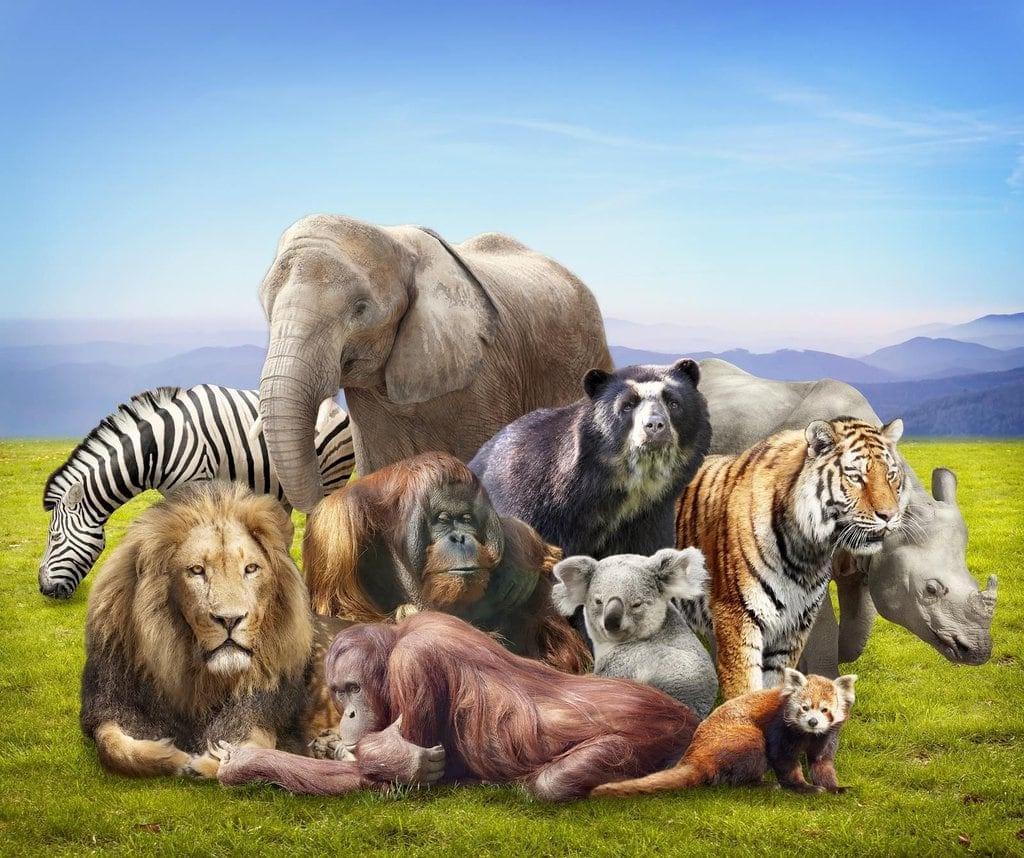
Animals are amazing creatures, and many of them live together in groups to stay safe, find food, and take care of each other. In this chapter, we will learn why animals live in groups, what kinds of groups they form, and how they work together to survive. We will also compare animals that live in groups with those that live alone. Let’s explore how animals help each other and meet their needs!
Animals Living in Groups
- Many animals live together in groups to help each other.
- Different kinds of animal groups have special names:
- Herds: Groups of animals like zebras, cows, or deer that travel and stay close together.
- Flocks: Groups of birds, like geese or sparrows, that fly or eat together.
- Packs: Groups of animals like wolves or dogs that live and hunt together.
- Colonies: Groups like ant colonies or beehives where animals work together as a team.
- Examples of animals that live in groups:
- Ants live in colonies and work together to build nests.
- Bees live in hives and make honey as a team.
- Wolves live in packs and hunt food together.
- Elephants live in herds and protect each other.
- Penguins live in groups to stay warm and safe.
Why Animals Live in Groups
- Living in groups helps animals survive in many ways:
- Protection: Groups keep animals safe from predators.
- Example: Zebras in a herd stand close together to confuse predators, making it hard for them to pick one zebra.
- Protection: Groups keep animals safe from predators.
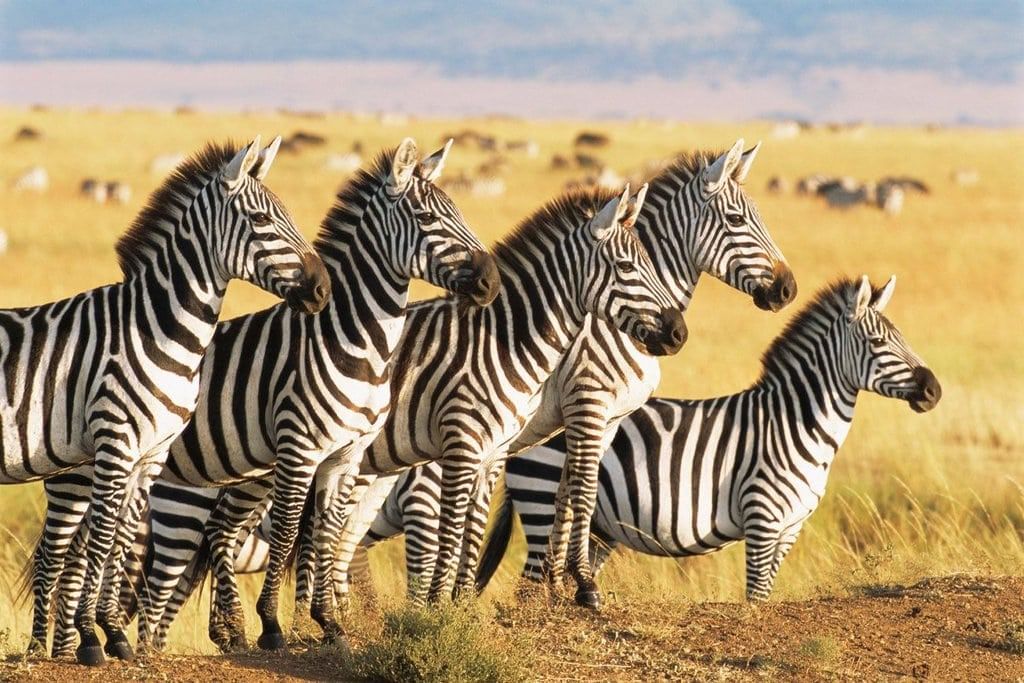
- Finding Food: Animals in groups can find food more easily.
- Example: Wolves hunt in packs to catch bigger animals like deer.
- Example: Birds in flocks share where to find food, like seeds or bugs.
- Raising Young: Group members help take care of babies.
- Example: In elephant herds, older females help protect and teach baby elephants (calves).
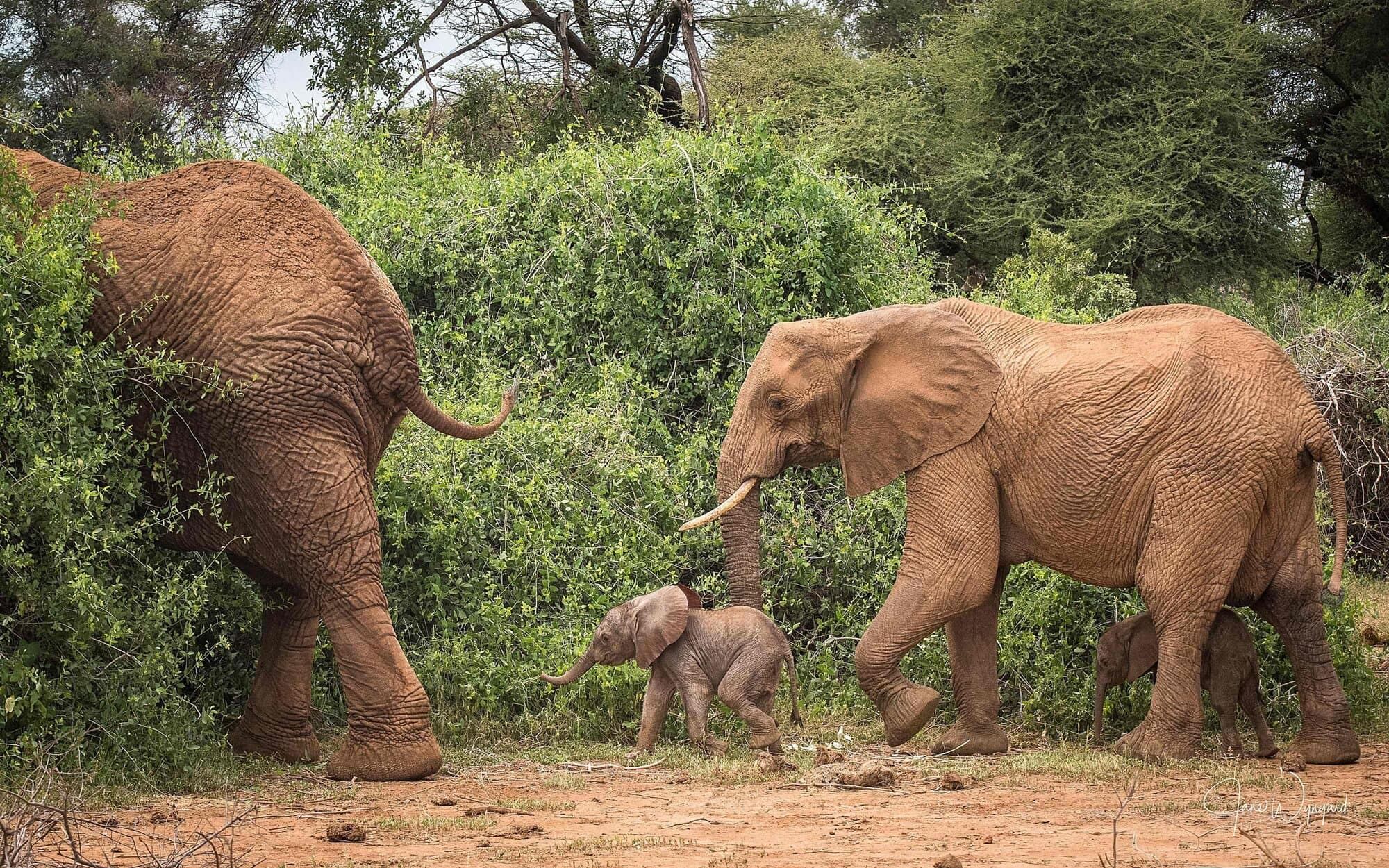
- Example: In elephant herds, older females help protect and teach baby elephants (calves).
- Working Together: Animals in groups have jobs to help the group.
- Example: In beehives, worker bees collect food, and the queen bee lays eggs.
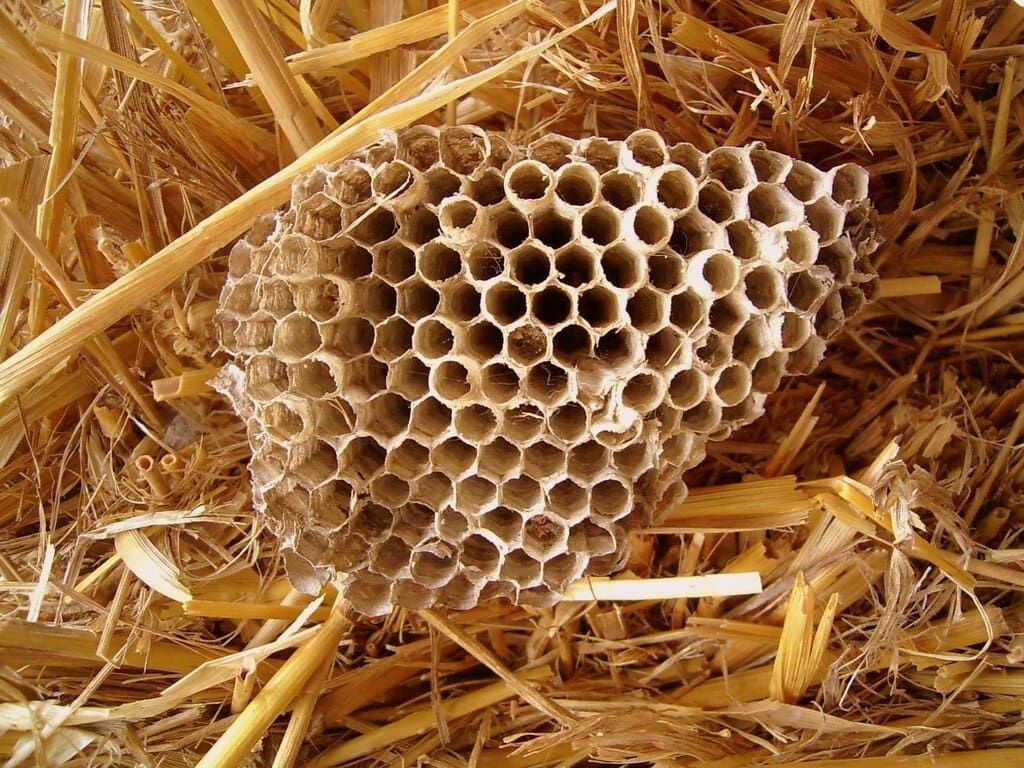
- Example: In beehives, worker bees collect food, and the queen bee lays eggs.
- Social Behaviors: Animals in groups talk and work as a team.
- They use sounds, movements, or signals to communicate.
- Example: Wolves howl to talk to their pack.
- Example: Bees do a special dance to tell others where to find flowers.
Animal Needs and Group Roles
- All animals need food, water, air, and shelter to live.
- Living in groups helps animals get these things more easily.
- Animals in groups have special jobs to help everyone:
- In ant colonies:
- Some ants collect food for the group.
- Other ants protect the nest from danger.
- In wolf packs:
- The leader (called the alpha) makes decisions for the pack.
- Other wolves hunt food or take care of baby wolves (pups).
- In ant colonies:
- Parental Care: Animals in groups help protect and teach their babies.
- Example: In penguin groups, parents take turns keeping their babies warm and safe.
- Example: In elephant herds, all the adults watch over the young ones.
Comparing Group and Solitary Animals
- Some animals live in groups, while others live alone.
- Group-living animals:
- Examples: Wolves, ants, bees, zebras, and penguins.
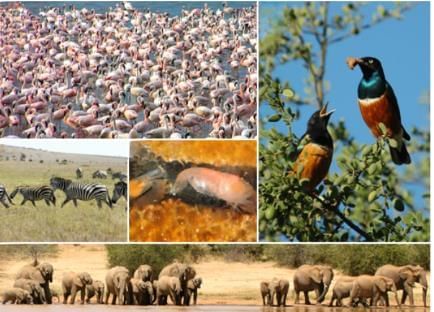
- Examples: Wolves, ants, bees, zebras, and penguins.
- Advantages:
- They stay safe from predators by working together.
- They share food and help each other find it.
- They take care of babies as a team.
- Solitary animals:
- Examples: Tigers and bears live alone most of the time.

- They have their own ways to survive:
- Tigers hunt alone and use their strength to catch food.
- Bears find their own food and protect themselves.
- Comparing:
- Group animals work as a team for safety and food.
- Solitary animals rely on themselves to survive.
The document Animal Group Survival Chapter Notes | Science for Grade 3 is a part of the Grade 3 Course Science for Grade 3.
All you need of Grade 3 at this link: Grade 3
|
38 videos|91 docs|25 tests
|
FAQs on Animal Group Survival Chapter Notes - Science for Grade 3
| 1. Why do some animals prefer to live in groups instead of alone? |  |
Ans.Animals live in groups for various reasons, including safety, finding food, and social interaction. Being in a group can help protect individuals from predators, as there are more eyes to spot danger. Additionally, groups can work together to find and share food resources, making it easier for them to survive.
| 2. What are some roles that animals have in their groups? |  |
Ans.In animal groups, different members often have specific roles. For example, in a wolf pack, there are leaders (alpha wolves) who guide the group, hunters who find food, and caretakers who look after the young. These roles help the group function smoothly and increase their chances of survival.
| 3. How do group animals and solitary animals differ in their survival strategies? |  |
Ans.Group animals often rely on teamwork and cooperation to survive. They can protect each other, share resources, and raise young together. In contrast, solitary animals typically depend on their individual skills, such as hunting or camouflage, to survive alone. Each strategy has its advantages depending on the environment and challenges faced.
| 4. Can living in a group be harmful for some animals? |  |
Ans.Yes, living in a group can have drawbacks. Competition for food and mates can be intense, leading to conflicts. Additionally, diseases can spread more quickly in groups, putting all members at risk. Some animals may prefer solitude to avoid these issues and ensure their own safety and health.
| 5. What are some examples of animals that live in groups? |  |
Ans.Some common examples of animals that live in groups include elephants, lions, dolphins, and certain species of birds, such as sparrows and geese. Each of these animals benefits from group living in different ways, such as increased protection from predators or enhanced hunting success.
Related Searches


















